11.06.2022
U.S. Space Force Preps Upcoming Rocket Launch
The USSF-12 Mission set to launch later this month will conduct a variety of experiments and validate the ability to host multiple missions on one structure.

USSF-12 consists of SSC's Geosynchronous Earth Orbit (GEO) Wide Field of View (WFOV) Testbed and the Space Test Program’s (STP) USSF-12 Ring "rideshare spacecraft." [Courtesy: U.S. Space Force]
U.S. Space Force’s (USSF) Space System Command (SSC) will soon launch two payloads into geosynchronous orbit via a United Launch Alliance (ULA) Atlas V 541 rocket for a mission it says will demonstrate the performance of an infrared sensor, conduct a variety of experiments, and validate the ability to host multiple missions on one structure.
The launch is set to take place June 29 from Cape Canaveral Space Force Station, Florida.
The mission, dubbed USSF-12, consists of SSC’s Geosynchronous Earth Orbit (GEO) Wide Field of View (WFOV) Testbed and the Space Test Program’s (STP) USSF-12 Ring “rideshare spacecraft” that has a ring-based structure capable of accommodating multiple auxiliary payloads.

“Our GEO WFOV Testbed can simultaneously perform strategic missions, such as missile warning and battlespace awareness, as well as tactical missions directly supporting the warfighter, by continuously monitoring up to one-third of the Earth’s surface with just a single sensor,” Col. Heather Bogstie, senior materiel leader for Resilient Missile Warning, Tracking, and Defense in SSC’s Acquisition Delta, said in a statement.
The WFOV testbed, which includes an advanced missile warning system, had been originally scheduled to launch in the spring, C4ISRNET reported.
The testbed is the mission’s primary payload and is an Overhead Persistent Infrared (OPIR) program demonstration in geosynchronous orbit aimed at proving the effectiveness of space sensing technology in addressing emerging threats from nearpeer adversaries, SSC said.
“This testbed is a critical technology component of the Missile Warning, Tracking, and Defense (MW/MT/MD) architecture in which SSC is partnering with the Space Development Agency (SDA) and the Missile Defense Agency (MDA) to rapidly deliver an integrated system of satellites,” it added.
The mission is expected to include a six-hour ascent before the launch of the WFOV and STP satellites about 22,000 miles above the equator, ULA said. The Atlas V rocket will stand about 196 feet tall and have a liftoff mass of about 1.18 million pounds, it said.
Buildup of the rocket was completed June 6 in preparation for the launch, ULA said. Testing of the rocket systems, and arrival of the encapsulated payload for integration atop the rocket is expected to be completed by mid-June.
Quelle: FLYING
----
Update: 28.06.2022
.
ULA plans to launch its Atlas V carrying a space sensing mission Thursday

BREVARD COUNTY, Fla. — United Launch Alliance is set to launch its Atlas V rocket carrying the USSF-12 mission Thursday from Launch Complex 41 at Cape Canaveral Space Force Station.
The launch time will be released closer to the launch date.
The USSF-12 mission will include two satellite payloads: the Wide Field of View Testbed spacecraft for Space Force’s Space Sensing Directorate and the USSF-12 Ring spacecraft for the Defense Department’s Space Test Program.


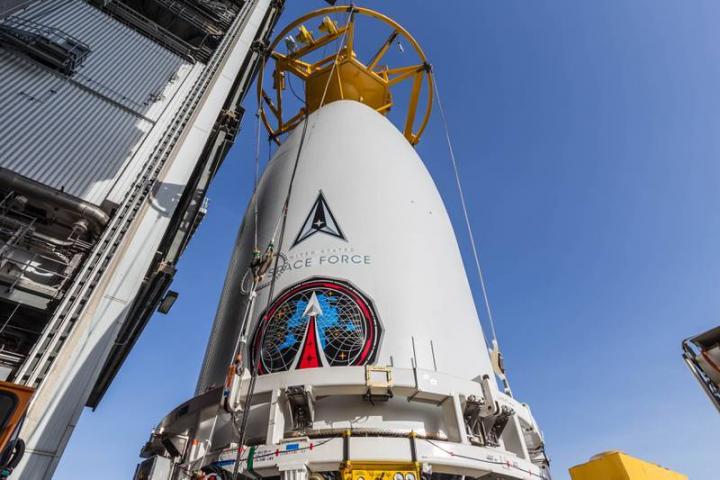

SpaceX, ULA set up rocket launch doubleheader ahead of fourth of July holiday weekend
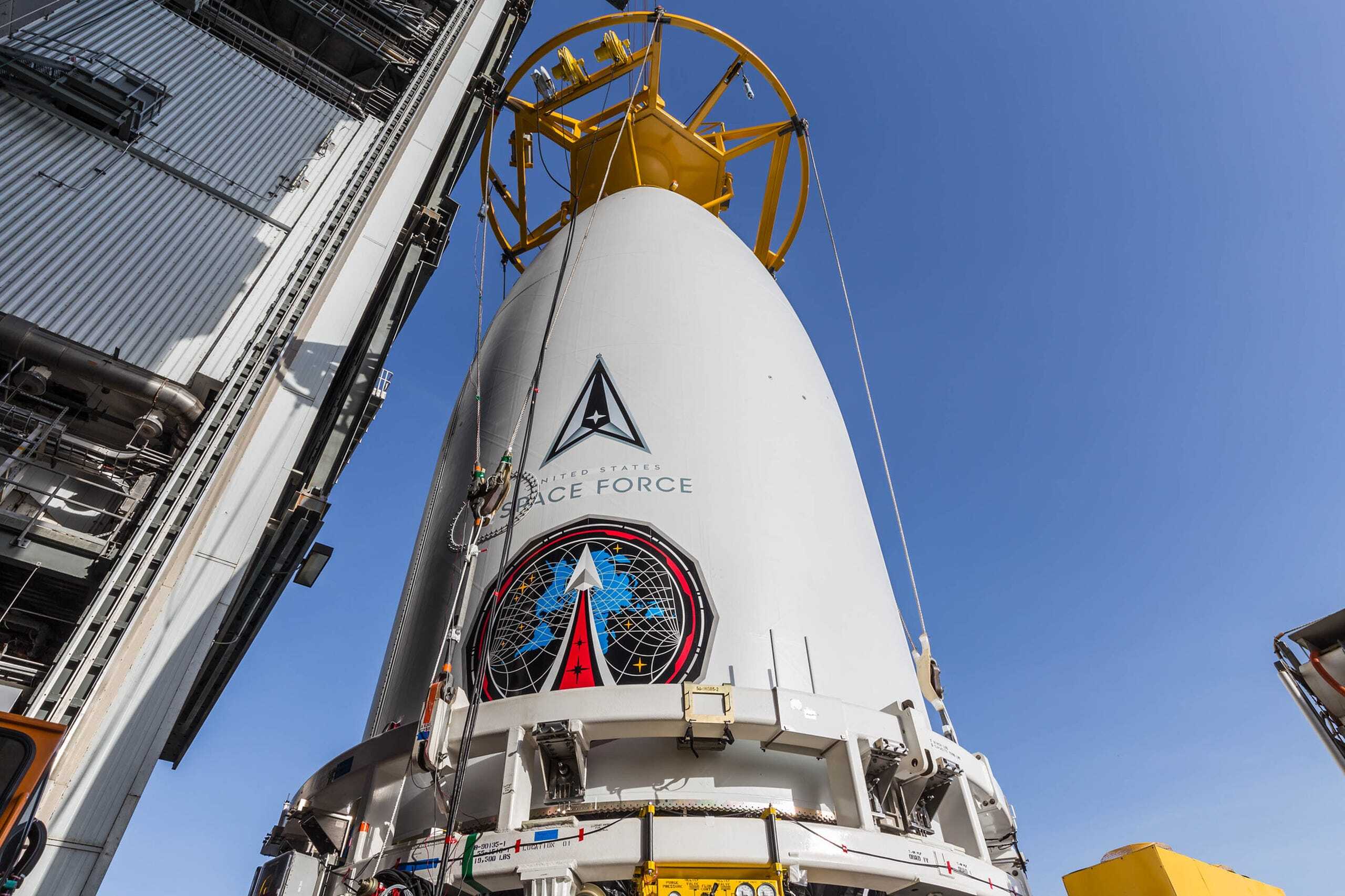
Following up SpaceX's launch, United Launch Alliance should be able to launch its powerful Atlas V rocket between 6 p.m. to 8 p.m. ET on Thursday, June 30 from Launch Complex 41 at Cape Canaveral Space Force Station.
The rocket features four solid rocket boosters which will create a fantastic contrail visible to spectators all along the Space Coast. Inside the nosecone are several payloads including a national security satellite for the U.S. Space Force.
Weather conditions for a Thursday launch look to be a bit breezy and drizzly in the morning but clear by late evening. Space Force forecasters predict a 60% chance of "go" conditions for a launch attempt on Thursday and the same for a backup opportunity on Friday around the same time.
Launch Thursday, June 30: ULA USSF-12
- Rocket: ULA Atlas V 541 (four solid rocket boosters)
- Mission: USSF-12 national security mission for the U.S. Space Force
- Launch Time: Between 6 p.m. to 8 p.m. ET
- Location: Launch Complex 41 at Cape Canaveral Space Force Station
- Trajectory: East
- Weather: 60% "go"
Quelle: Florida Today
----
Update: 2.07.2022
.
Start von Atlas V 541 mit USSF-12 Mission





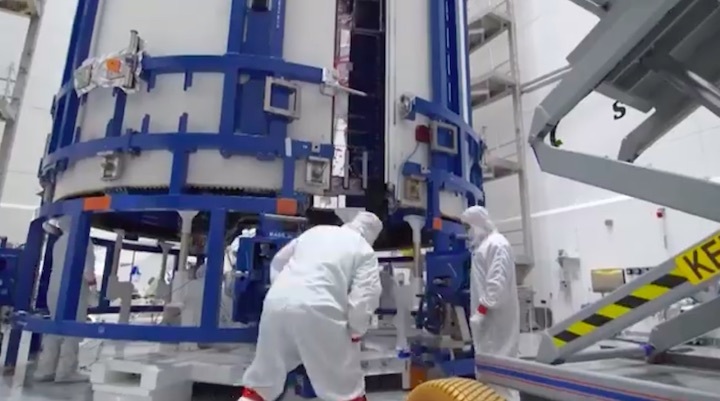


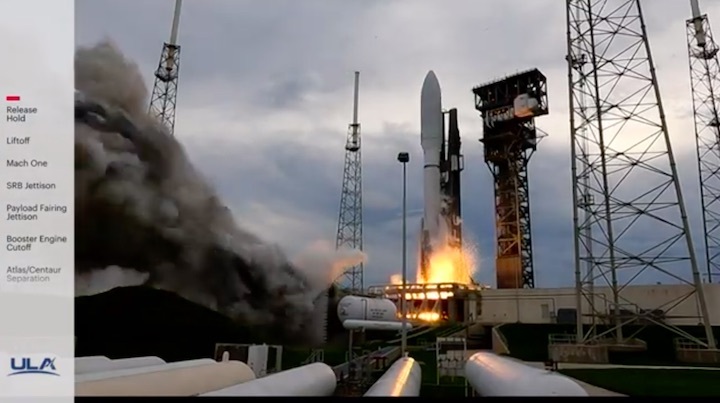
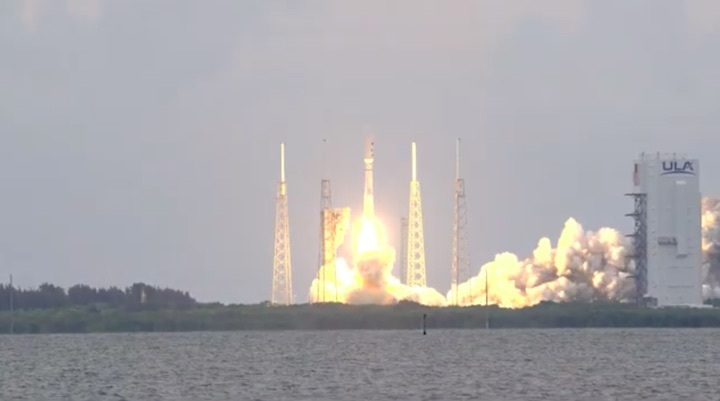












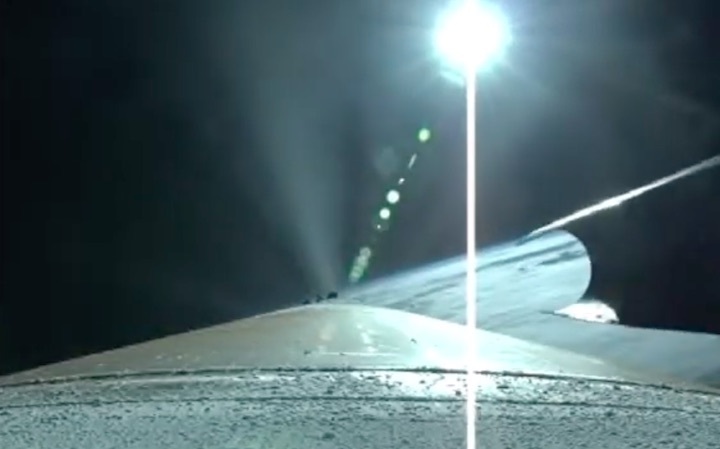



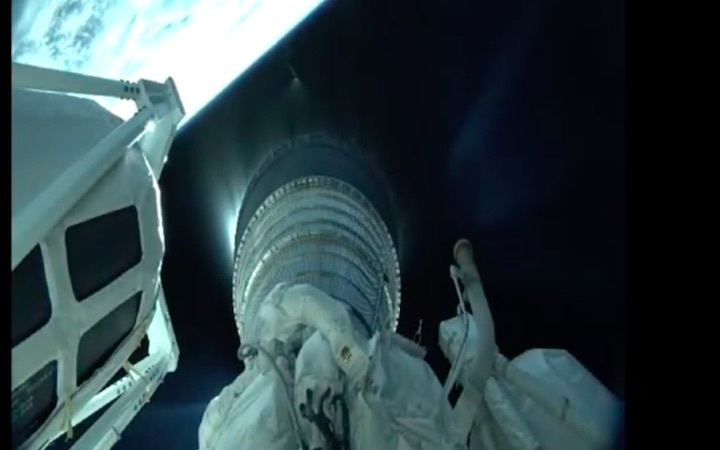
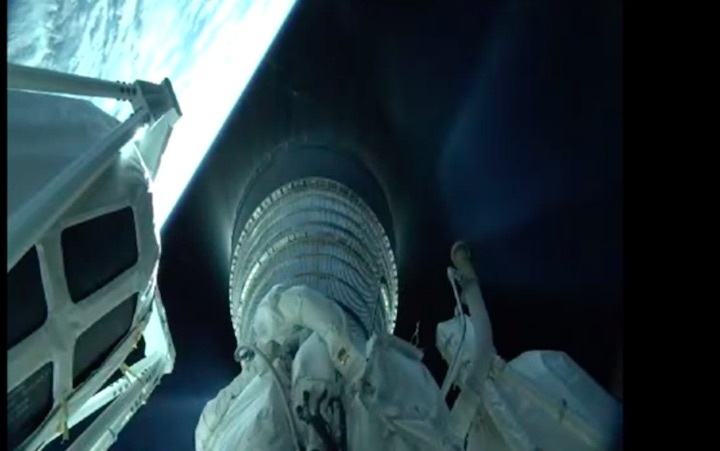





Quelle: ULA
+++
United Launch Alliance Successfully Launches Critical National Security Mission for U.S. Space Force
Atlas V precisely delivered USSF-12 mission to a complex geosynchronous orbit
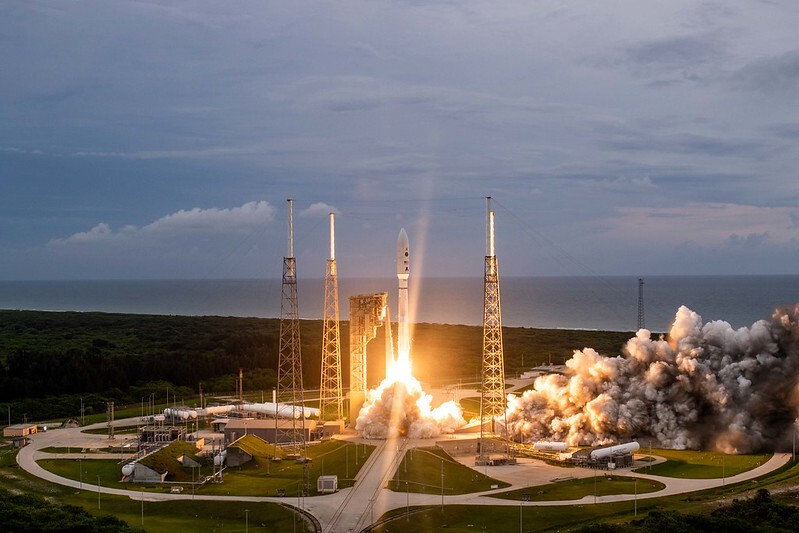
Complex-41 at Cape Canaveral Space Force Station. To date ULA has launched 151 times with 100 percent mission success.
“This mission once again demonstrated ULA’s unmatched capability of precisely delivering the country’s most critical assets to a highly complex orbit,” said Gary Wentz, ULA vice president of Government and Commercial Programs. “Our strong partnership with the USSF team is essential to maintain our nation’s security advantages and achieve robust mission assurance. Thank you to the ULA team and our mission partners for the indelible commitment to mission success.”
The mission launched on an Atlas V 541 configuration rocket thatincluded a 5-meter short payload fairing. The Atlas booster for this mission was powered by the RD AMROSS RD-180 engine. Aerojet Rocketdyne provided the RL10C-1 engine for the Centaur upper stage and Northrop Grumman provided the Graphite Epoxy Motor (GEM) 63 solid rocket boosters.
This was the 94thlaunch of the Atlas V rocket. ULA’s next launch is thesixth Space Based Infrared System Geosynchronous Earth Orbit (SBIRS GEO 6) mission for the U.S. Space Force’s Space Systems Command, planned for August 2022, from Cape Canaveral Space Force Station, Florida.
Leveraging a legacy of 100 percent mission success launching more than 150 missions to explore, protect and enhance our world, ULA is the nation’s most experienced and reliable launch service provider with world-leading reliability, schedule confidence, and mission optimization. The technologies we launch protect our country and troops in the battlefield, enable search and rescue, aid meteorologists in tracking severe weather, deliver cutting-edge commercial services, and expand our understanding of the Earth. We deliver value unmatched by any launch services company in the industry, a tireless drive to improve, and commitment to the extraordinary.
Quelle: ULA
